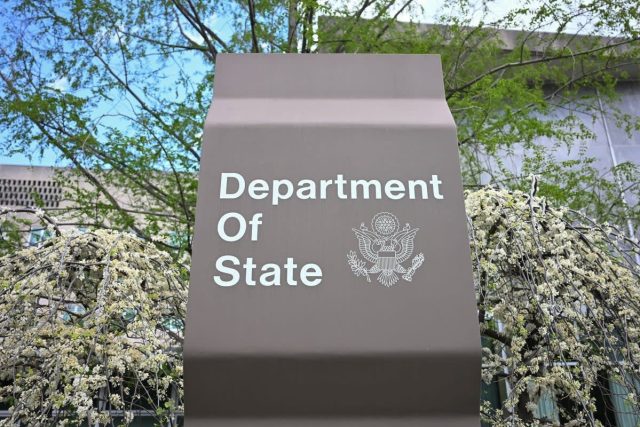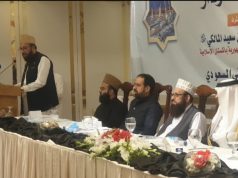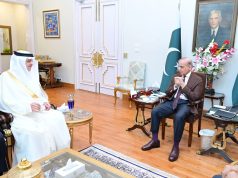WASHINGTON, Sunday, April 20, 2025 (WNP): US diplomats were left deeply unsettled on Sunday following media reports revealing a leaked draft executive order that proposes a radical restructuring of the State Department, including sweeping job cuts, the elimination of key bureaus, and a significant shift in the United States’ diplomatic approach.
Secretary of State Marco Rubio swiftly dismissed the reports as “fake news,” yet the alarm sparked across diplomatic circles underscored widespread unease over the Trump administration’s rumored plans to overhaul American foreign policy operations under the guise of an “efficiency drive.”
If implemented, the changes would mark one of the most extensive reorganizations of the State Department since its establishment in 1789, Bloomberg reported, citing a 16-page draft it had reviewed.
Among the proposals: shutting down the Bureau of African Affairs, scaling back the Bureau of International Organizations, and dismantling offices focused on democracy promotion, human rights, refugees, climate issues, and global women’s initiatives. Diplomatic operations in Canada would also face significant downsizing, with the US Embassy in Ottawa operating under a slimmed-down North American Affairs Office (NAAO) within the Secretary’s Office.
The reorganization would consolidate the State Department’s regional structure into four “corps”—the Indo-Pacific, Latin America, Middle East, and Eurasia—with “non-essential” embassies and consulates in Sub-Saharan Africa facing closure. Policy and operational planning would increasingly rely on artificial intelligence, according to the draft.
The order also proposes that US diplomats would be assigned to specific regions for the duration of their careers, ending the traditional rotational system. Furthermore, State Department-awarded Fulbright scholarships would be restructured to focus exclusively on national security studies, while programs linked to historically Black institutions, such as Howard University fellowships, would be eliminated in a broader move to dismantle diversity, equity, and inclusion (DEI) initiatives.
All new positions and duties would require explicit presidential approval, and the foreign service entrance exam would be abolished. Future hiring would hinge on candidates’ alignment with the President’s foreign policy agenda.
A particularly controversial element involves replacing the Bureau of African Affairs with a much smaller Special Envoy Office for African Affairs, reporting directly to the White House National Security Council. This office would concentrate mainly on counterterrorism operations and the strategic extraction of critical natural resources.
While some State Department officials caution that the proposed reforms could ultimately be less dramatic than outlined, the leak has fueled speculation about a deliberate strategy: leak an extreme version of the plan to pave the way for a scaled-back—but still substantial—restructuring.
On a foreign service-dedicated Reddit forum, one user speculated: “I suspect this is being leaked as a red herring designed to make us grateful for a more modest but still unpopular reorganization. It will be immediately challenged and tied up in the courts until Trump is voted out.”
Still, the Trump administration has a history of targeting foreign aid and diplomatic institutions. It previously sought to merge the US Agency for International Development (USAID) into the State Department—moves that faced significant resistance and partial reversal.
Under the leaked draft, the Bureau of Humanitarian Affairs would absorb any critical functions previously carried out by USAID, while international engagement on climate change and women’s rights would effectively be eliminated.
The proposal is just one of several internal documents circulating, including another that suggests halving the State Department’s budget and another recommending the closure of 10 embassies and 17 consulates worldwide.
According to the department’s own figures, the US diplomatic workforce includes 13,000 Foreign Service officers, 11,000 civil service employees, and 45,000 locally employed staff spread across more than 270 diplomatic missions around the world.
The New York Times reported that President Trump could sign the proposed executive order as early as this week, with changes slated to take effect by October 1.




